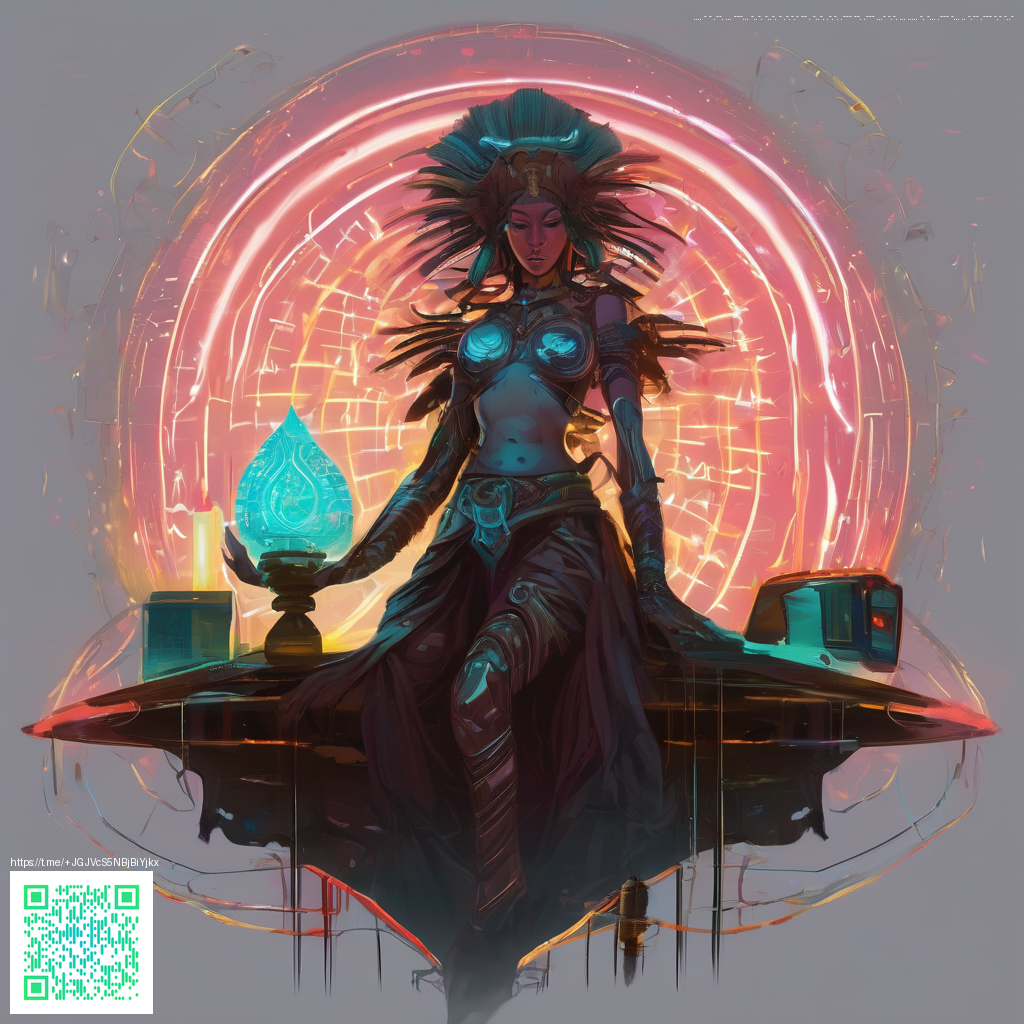Reinventing Rewards: The Rise of Blockchain in Gaming Loyalty
Gamers today expect more than just points and badges. They want ownership, transparency, and rewards that travel with them across games and platforms. Blockchain-based loyalty programs are answering that call by tokenizing rewards, enabling verifiable scarcity, and putting players at the center of the ecosystem. Instead of siloed perks issued by individual publishers, players can earn, trade, and redeem assets that retain value and context beyond a single title.
At a high level, these programs use smart contracts to define how rewards are earned, how much they’re worth, and when they can be spent or traded. The result is a system that’s less prone to fraud and more reliant on predictable rules. Players gain confidence because the terms are publicly auditable, while developers tap into new engagement loops: cross-game challenges, seasonal events, and collaborative quests that span entire game universes rather than a single release window.
Key advantages for players and studios
- Ownership and portability: Rewards exist as verifiable digital assets that players can hold in a wallet or move between compatible games. This creates a sense of long-term value beyond completion of a single mission.
- Transparency and trust: Smart contracts codify rewards, so outcomes are predictable and auditable by the community. Players see exactly how rewards are minted, earned, and redeemed.
- Interoperability: Open standards enable cross-game earning and spending, turning loyalty into a shared ecosystem rather than a one-off incentive program.
- Fraud resistance: On-chain verification reduces the risk of duplicate rewards and tampering, which benefits both players and developers who rely on fair competition.
- Community governance: Some programs invite player input on reward design, shaping incentives to align with what players value most while maintaining sustainability for the game studio.
“When rewards are verifiably owned and portable, players become stakeholders in a living economy, not just customers in a funnel.”
Designing a blockchain-powered loyalty system requires balancing novelty with usability. Early experiments often stumbled over gas fees, wallet complexity, and the friction of onboarding. Successful programs prioritize a seamless user experience: intuitive wallets, layer-2 or side-chain solutions to reduce costs, and clear in-game tutorials that demystify on-chain interactions. For example, players should be able to earn a reward in a familiar game, then immediately redeem it in another title without needing to master a new crypto wallet step-by-step. This blend of accessibility and security is what turns blockchain loyalty from a tech curiosity into a practical engine for ongoing engagement.
For players who game on the go, a stable setup can help—both in terms of hardware and software. Practical accessories like the Phone Click-On Grip Portable Phone Holder Kickstand can keep your device steady during longer sessions or while streaming, while on-chain rewards sync in the background. The combination of reliable hardware and dependable rewards creates a smoother, more rewarding mobile gaming experience. If you’re exploring how to integrate such gear with a blockchain loyalty program, this product serves as a tangible example of how players maintain control and comfort across contexts.
Industry observers have noted that cross-game reward ecosystems require careful governance and clear policy boundaries. Contracts must specify how assets behave if a game closes, how reward value is preserved during feature rollouts, and how players can opt out or migrate assets if a title pivots. Thoughtful design protects both players and studios, ensuring that a vibrant economy doesn’t become a fragile experiment.
A related discussion on this topic highlights practical considerations for rollout, including user education, discreet on-ramping for newcomers, and robust customer support channels. A broader take is available at this related article: https://rusty-articles.zero-static.xyz/f54fcc96.html, which dives into pragmatic steps for launching blockchain-enabled loyalty programs without sacrificing player satisfaction.
Implementation considerations you’ll encounter
- Choosing the right token model (fungible vs. non-fungible) and balancing liquidity with perceived value.
- Selecting a scalable infrastructure to minimize latency and fees, while keeping the experience friendly for non-technical players.
- Establishing clear reward curves, expiration policies, and migration paths to prevent incentives from becoming stale.
- Ensuring accessibility across platforms, including consoles, PC, and mobile, so all players can participate equally.
As the ecosystem matures, players can expect deeper integration with in-game economies, more granular analytics about reward impact, and enhanced ways to showcase achievements in social and competitive contexts. For developers, the payoff is not only stronger retention and healthier monetization but a community-driven feedback loop that helps shape future content and experiences. The end result is a more dynamic, trustworthy, and enduring relationship between players and the games they love.
